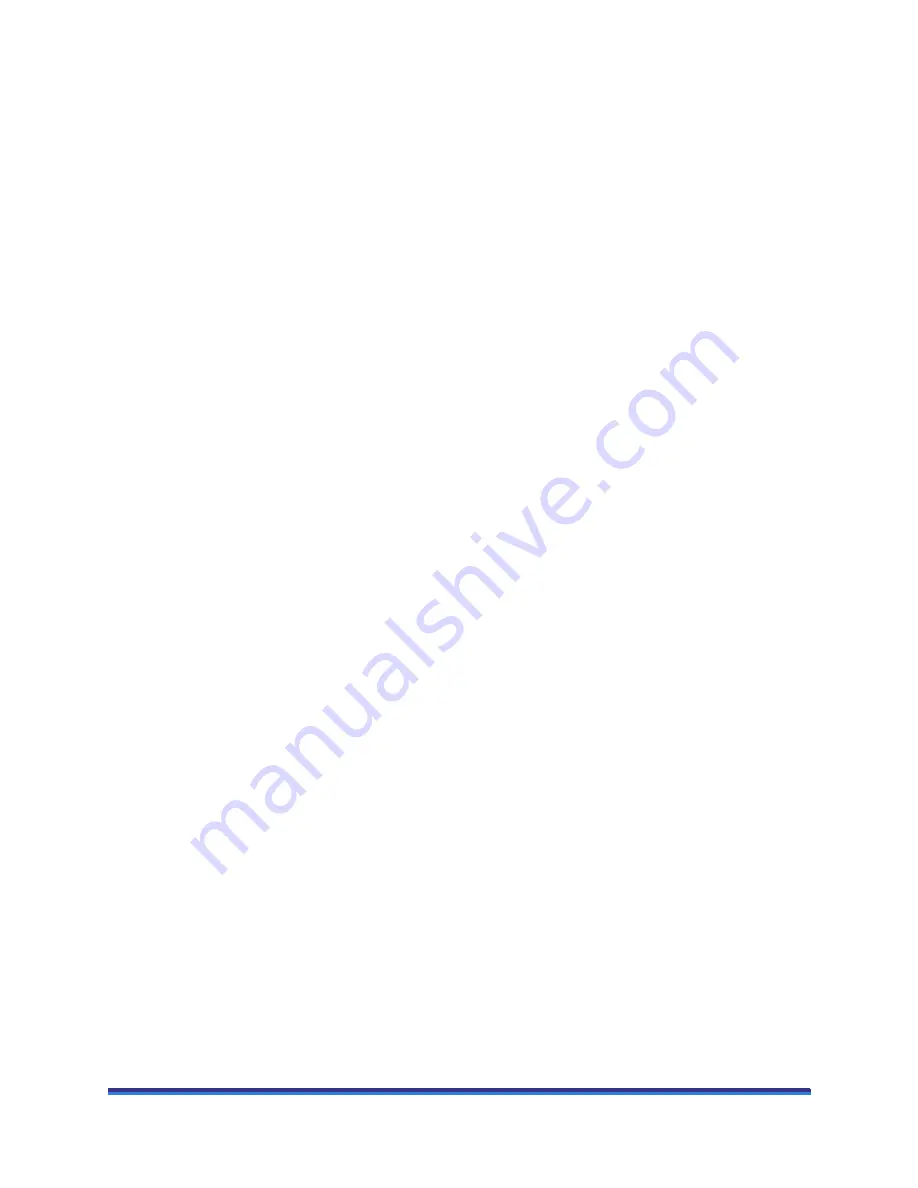
DXF-200 Getting Started Guide
Page 41
Recommended Cleaning Supplies
•
Compress air duster can or dry nitrogen from the bottle which supply the purge gas for instrument-with
flexible plastic, movable/bend nozzle (never use compress air from industrial compressor lines; it con-
tains a large amount of water and residual oil)
•
Acetone and propanol-laboratory grade-with droplets pump attach to bottles
•
Dust- and lint-free optical tissue or fabric
•
Cotton swabs, cleaning brushes, mini vacuum cleaner
•
Scouring pads (such as Scotch-Brite™), detergent, acetic acid (vinegar), distilled water
Cleaning Maintenance Schedule
How often cleaning should be performed depends on the following factors: how often the instrument is
used, the maximum temperature of the tests, if it is being used with purge gas, and the nature of the sam-
ples. Tests that measure only thermal diffusivity are more tolerant with contamination of the optics than
tests that measure diffusivity and specific heat. For only diffusivity, multiply with 3 the number of tests
below.
The cleaning schedule below is recommended for the best results of the instrument:
•
After 10 tests run at max. temperature of 200°C in an inert purge gas atmosphere
•
After 20 tests run at max. temperature of 100°C in an inert purge gas atmosphere
•
In the case of testing volatile or reactive materials, cleaning is recommended after each test run
Periodically a check test should be run to verify the cleanliness of the optical path of the instrument. Use a
thermographite reference sample 0.300 cm thick, room temperature test, 500 volts charging, and 3 shots.
The instrument is considered clean if the signal (max. temperature of thermo diagram) is larger than 200
millivolts.
If, after cleaning the instrument and running a check test, the signal of thermo diagram is still smaller than
200 millivolts, contact TA Instruments Service.





































